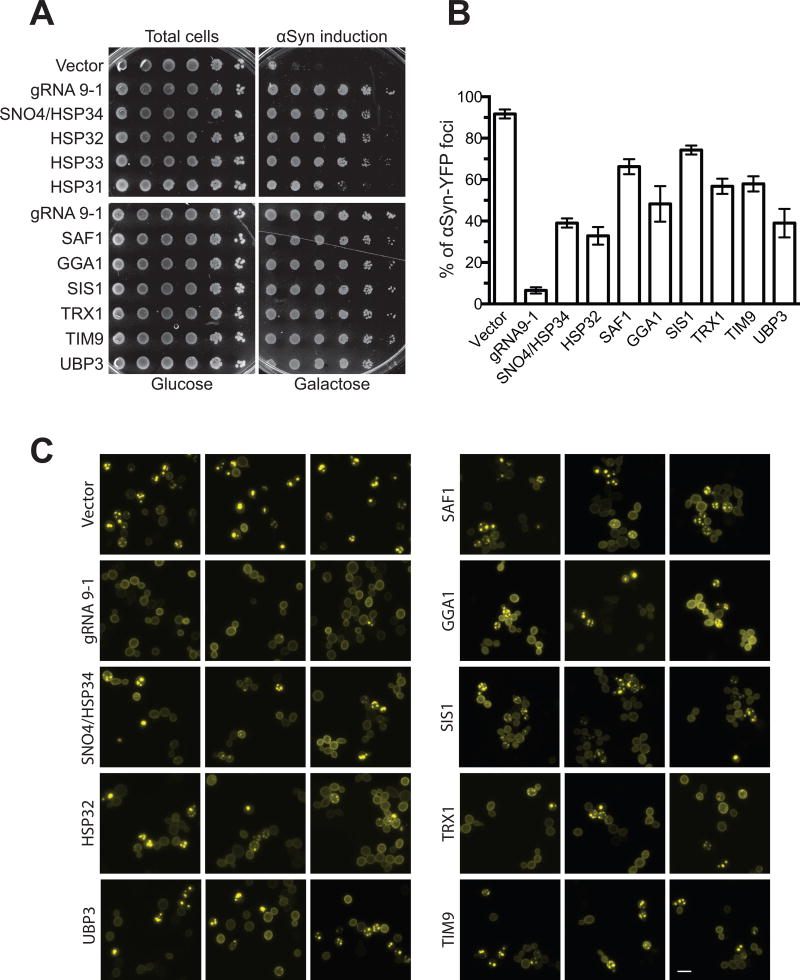Figure 2. Overexpressing genes identified from the gRNA 9-1/crisprTF screen rescues αSyn-associated cellular defects in yeast.
(A) Survival of the screen strain harboring gRNA 9-1 (‘gRNA 9-1’) compared to cells expressing the empty vector (‘Vector’) and those overexpressing HSP31–34 (heat shock proteins) (top) as well as top-ranked αSyn suppressors identified in the screen (bottom). UBP3, a known strong αSyn suppressor, was used as a positive control. (B) Quantification of αSyn-YFP foci in the screen strain harboring either no gRNA or gRNA 9-1, or cells harboring plasmids that overexpress the indicated genes. Cytoplasmic YFP foci represent αSyn aggregates produced as a result of defects in vesicular trafficking. Cells expressing crisprTF and gRNA 9-1 robustly inhibited αSyn aggregates, evidenced by the absence of cytoplasmic YFP foci in these samples. Cells overexpressing UBP3 were used as a positive control in this assay. Data were presented as mean ± SEM of three biological replicates. (C) Representative images of αSyn-expressing cells mentioned in b. Bar = 10 µm. See also Figures S3–S4.

